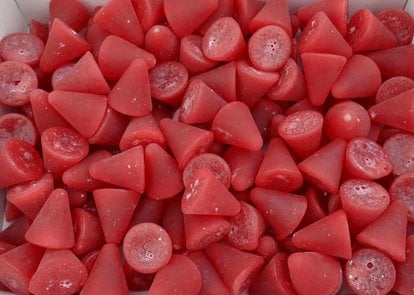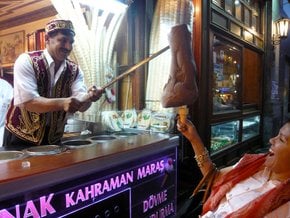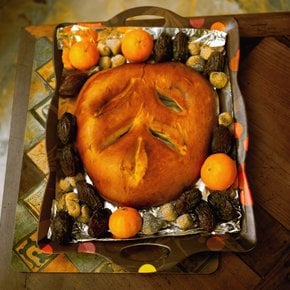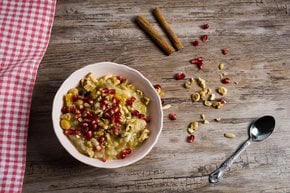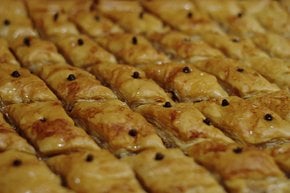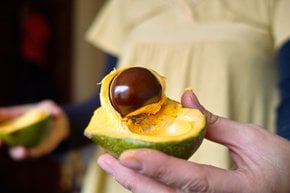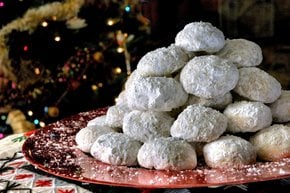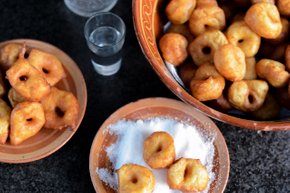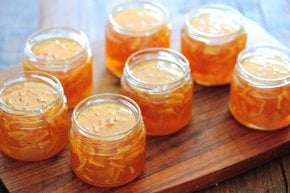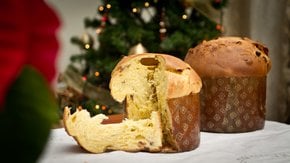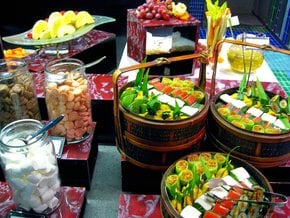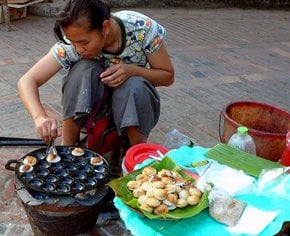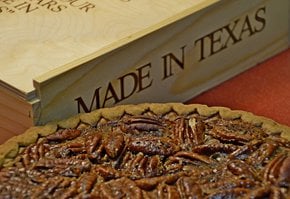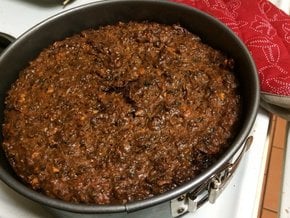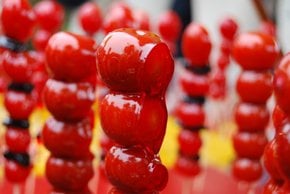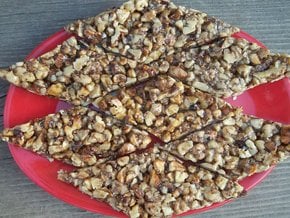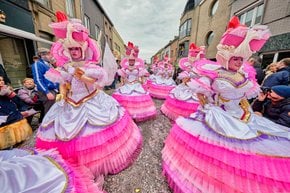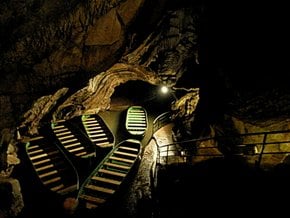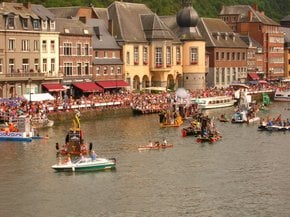Cuberdon in Belgium 2025-2026
A cone-shaped candy is a specialty of Belgium
Best time: all year round
A rounded pyramid that is slightly hard on the outside and soft on the inside is what a true cuberdon looks like. Traditionally, they are raspberry-flavoured and purple, but today's candies come in a variety of tastes and colours—strawberry, blueberry, lemon, apple, anise, chocolate, etc. Due to their distinctive shape and the city where they were invented, cuberdons are also known as Gentse neus (Ghent nose) and neuzekes (little noses).
According to the original recipe, cuberdons are made with natural gum arabic, sugar, glucose, and starch. All the ingredients are boiled together, poured into cone-shaped moulds, and baked at a low temperature for around 12 hours. The candies are only tasty for as long as they are fresh—about three weeks. The outer crust protects the filling from drying out and keeps it gelatinous. But, once the crust thickens, the candy becomes harder to bite.
Since the 19th century, wooden wagons with fresh cuberdons were a usual sight at marketplaces all over Belgium. For over 200 years, the cuberdons were exclusively the local sweet. However, since 2012, Belgian companies have started to sell them internationally. For instance, a special cola version of the candy was created for the U.S. market. Meanwhile, in Belgium, various foods and drinks are produced with the cuberdon flavor such as ice-cream, cookies, and even jenever—a local liquor.

